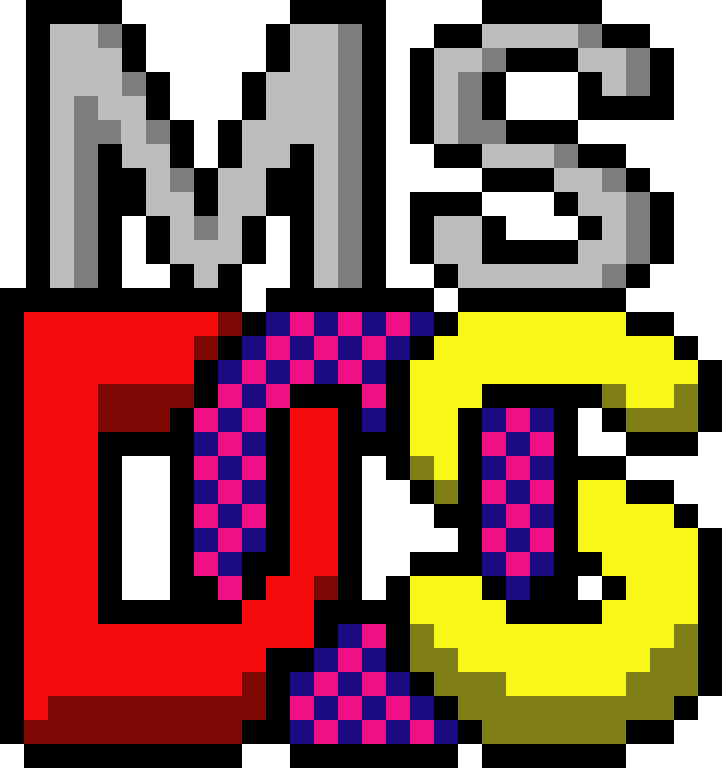Ahead of his talk at this evening’s Future Fifty C-Suite management dinner, Brian Robertson (co-founder of HolacracyOne), gives us an insight into the Holacracy method and how it applies to tech firms.
If you’re old enough to remember the days when most PCs ran MS-DOS, consider the leap in capabilities that came with a new operating system like Windows. Your computer’s operating system, invisible though it may be, radically shapes everything on top of it. It determines how the overall system is structured, how different processes interact and cooperate, how power is distributed and allocated between applications, and so on.
Likewise, the social “operating system” underpinning an organisation is easy to ignore, yet it’s the foundation on which we build our business processes and organisational cultures. The traditional top-down, predict-and-control management hierarchy has been the standard organisational operating system for nearly a century. Yet when we unconsciously accept the management hierarchy as our only choice for structuring and scaling companies, we lose the opportunity to innovate in this fundamental domain of company building.
Holacracy is a new “social technology” for governing and operating an organisation, which replaces the traditional management hierarchy with peer-to-peer distributed processes for structuring an organisation, defining roles and responsibilities, and coordinating across organisational functions. Holacracy aims to improve organisational responsiveness by increasing the number and scope of decisions that can safely be made quickly and locally. It gives staff more authority and autonomy to get work done and drive continual improvements to the organisation’s policies and processes.
To avoid increased autonomy coming at the expense of coordination and scale, Holacracy also adds processes to align actions and update expectations and constraints dynamically, which everyone in the organisation can take advantage of. This results in a just-in-time, minimally sufficient organisational structure that stays nimble and lightweight, driven by on-the-ground experience from getting work done.
One way or another, whether it’s Holacracy or another approach, the management hierarchy is ripe for disruption. The environment around our companies has changed dramatically since its introduction, and our organisations face new challenges in today’s global fast-moving world. But those of us building companies today have other options, and regardless of what we choose, I think we’ll be better off by at least asking the question: what power structure is right for my company?



